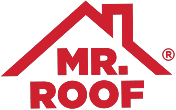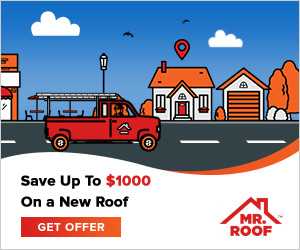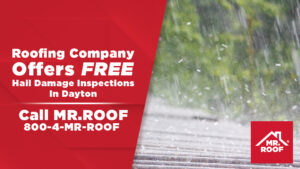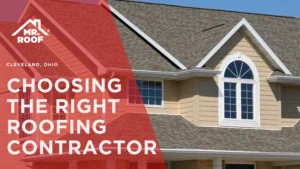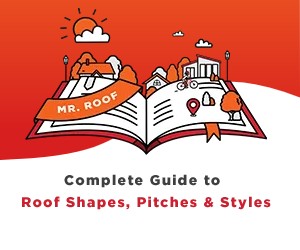There are so many different styles of roofing that you have to consider when you’re choosing one for your home. In truth, the options can be a little overwhelming. You need to understand what the options really are and the pros and cons of each. That’s the only way you will ever be able to make a fully informed decision on the matter.
Below you will find all the information you could possibly need about many different styles of roof. So, start reading now.
Flat
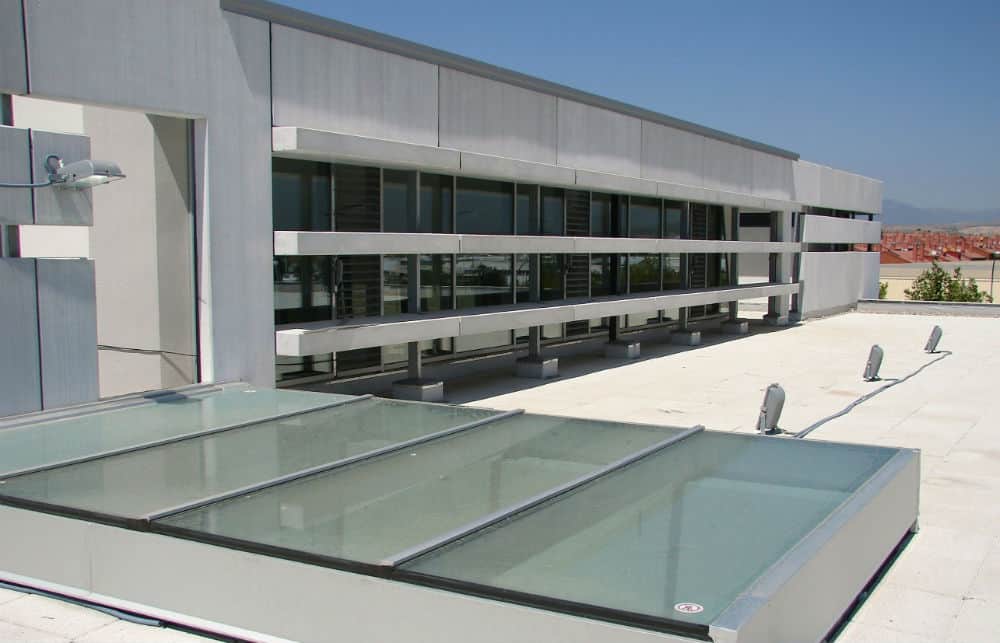
The clue is in the name with this one. Flat roofs are roofs that are almost entirely flat, with one panel that lies across the top of a home.
Pros
The fact that they only use a single panel makes them very simple to buy and install.
Cons
The flat design means that rain and snow can cause this kind of roof real problems. If you live somewhere that gets lots of rain and snow, they are not recommended. But they can be good in warm, dry environments.
Gambrel
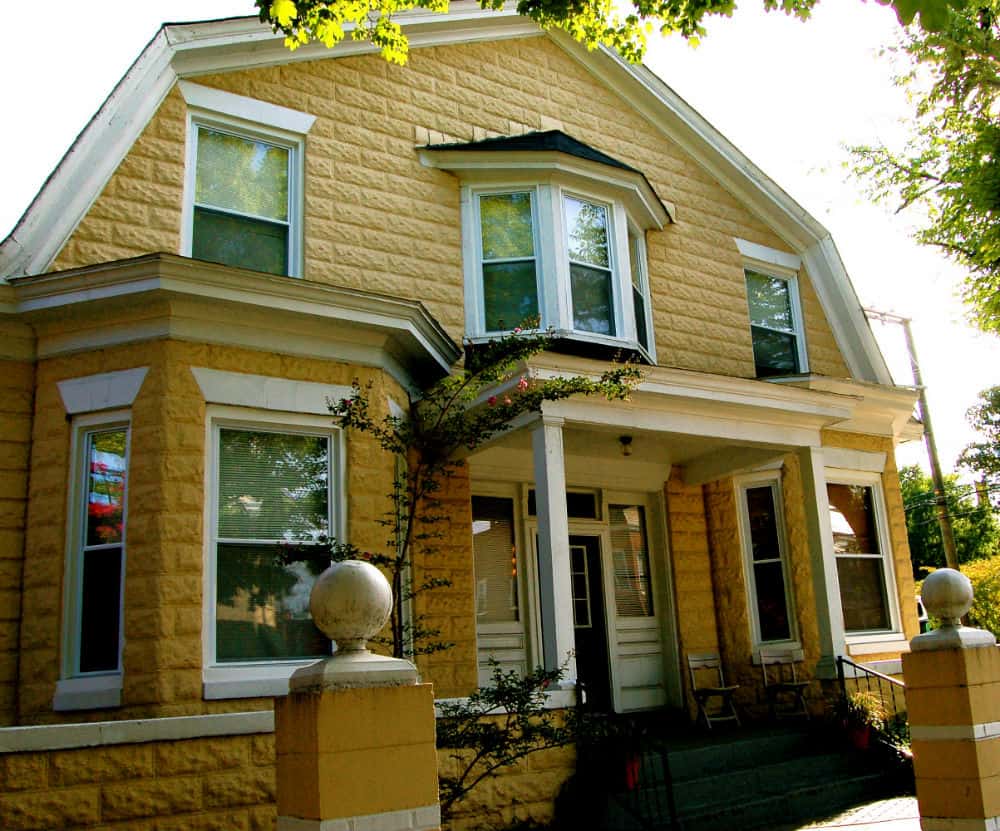
If you don’t know what a gambrel roof looks like, imagine a barn. It has two sides that slope down the sides of the house. It’s a bit like a mansard roof, except they slope down on all four sides.
Pros
The bulky frame means that the roof doesn’t slope to a point. It’s a gentle slope at the top, creating space for a room or storage space at the top of the home. The fact that it only has two sides means building costs can be lowered too.
Cons
The gentle slope at the top makes this kind of building more vulnerable to the elements. It can take a heavy battering in storms with high winds, and snow can collect on the top.
Bonnet
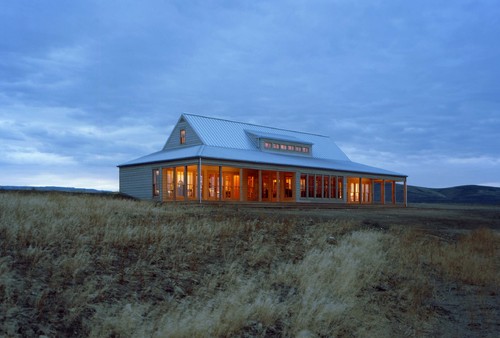
Bonnet roofs are an old design. They are sloping at the top, and this runs down to a flatter base at the bottom. The base is still slightly sloped, but much less so than the part at the top.
Pros
Because the top of the building tends to be high before the slope becomes gentler, there is a lot of space at the top. That means that you can create an extra room at the very top of the building that is spacious.
Cons
This kind of design is very rare among homes that have been built in recent times. That means that not many people have the experience of designing and building them. So, it can be expensive to get the work done.
Mansard
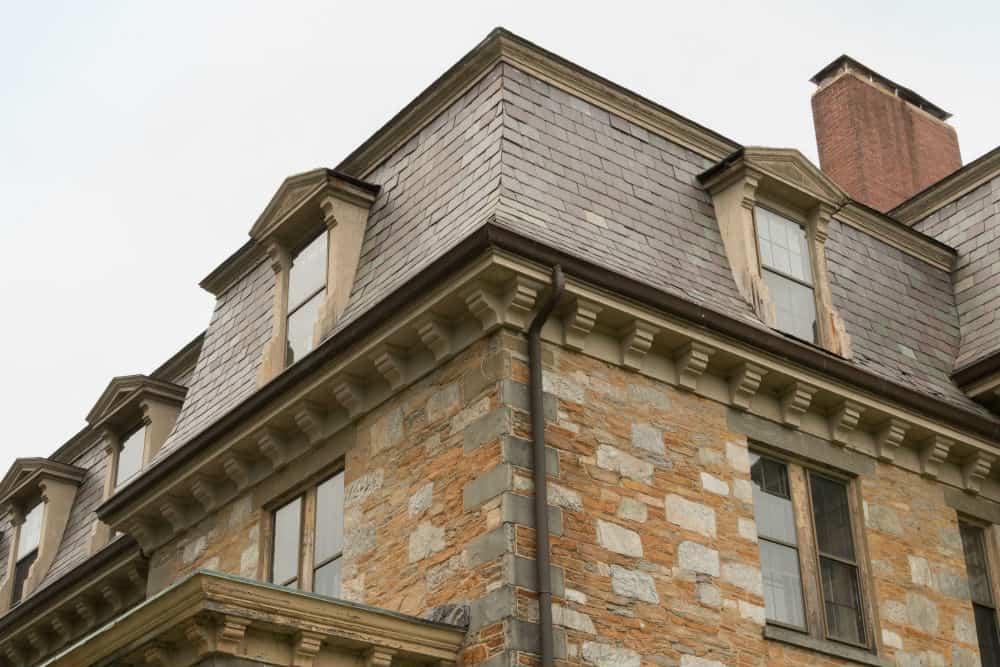
A mansard roof slopes on all four sides and then meets at the top to create a low-pitched design. They are usually found on old French homes and are sometimes known as French roofs.
Pros
They are the perfect style of roof for anyone looking to create some extra living space. Or the space at the top of the building can be used as a very large attic space for storage.
Cons
Because it’s a low-pitched type of roof, it is very easy for snow to pile up during winter. If the roof is designed in a way that stops this from being a problem, then it’s fine. But if the melting snow is allowed to leak through the roof, then structural damage can occur.
Butterfly
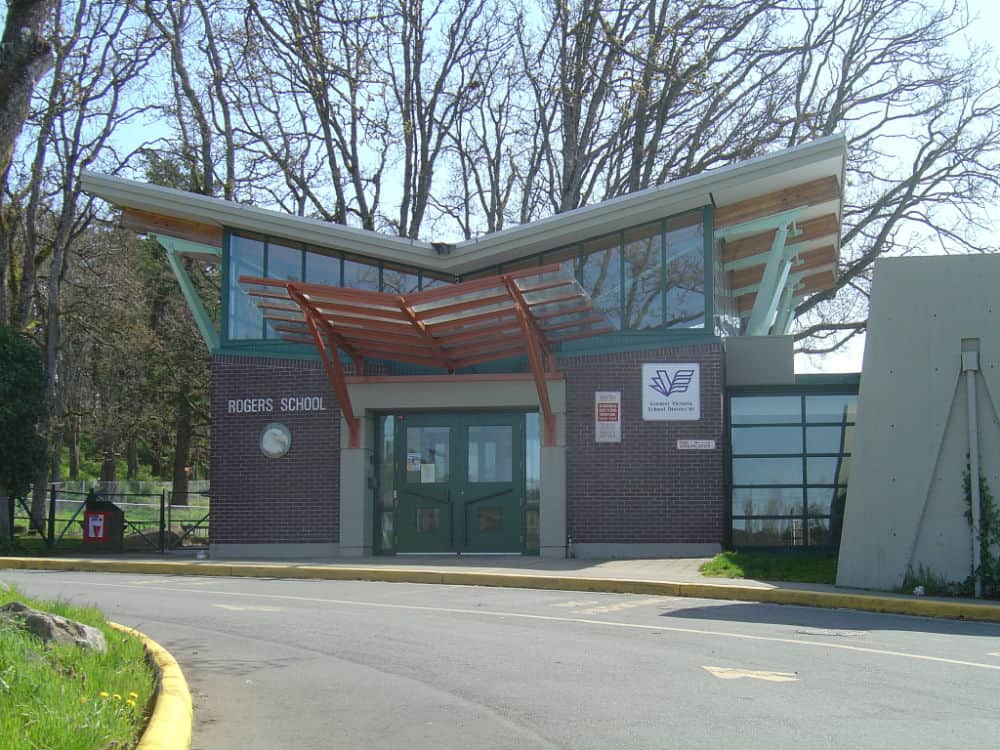
Butterfly roofs are shaped like a letter ?V’. They have two panels that meet in the middle. The water that lands on the roof is directed towards the centre. They are usually found on buildings with very modern designs
Pros
It’s very easy to add more windows to the roof to let natural light into the property. The valley in the middle allows water to flow through it and be directed towards the drains. The flat panels are also very easy to add solar panels to.
Cons
Because of the complexity of the design, they are quite rare. And that means that they can be more expensive to have installed on your home.
Hip
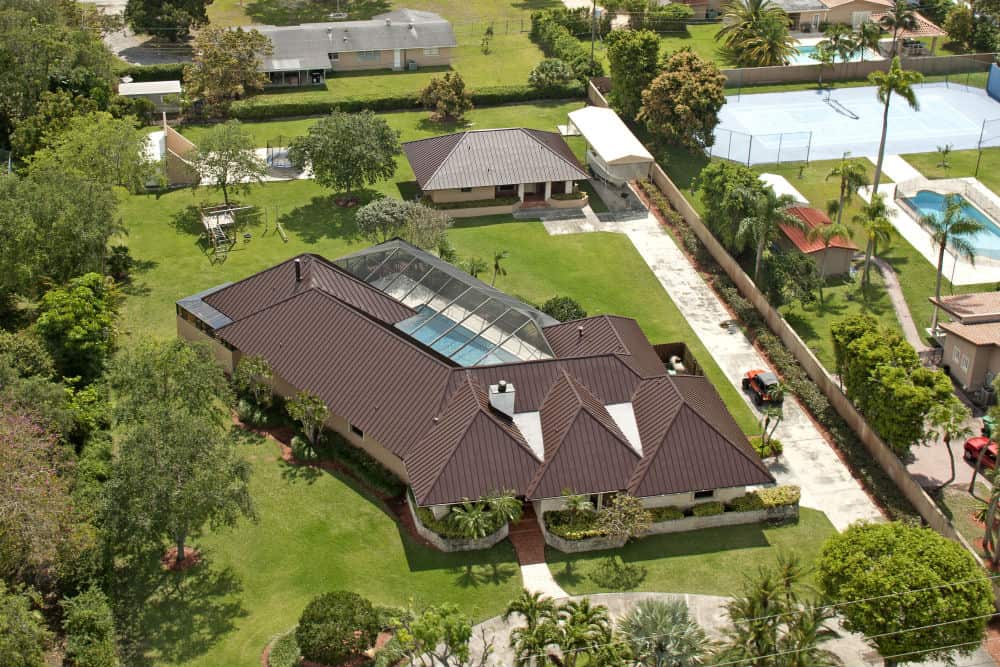
Hip roofs are rectangular structures that slope on all fours sides. When they come together, they create a ridge that runs down the centre of the roof.
Pros
This means that there are no flat parts anywhere on the roof, and it doesn’t cross or intersect. So, water and snow can’t stand on the roof. The slopes make it more sturdy and durable in winds as well. The design also creates ample living space in the top of the property.
Cons
They are more expensive to put in place than gable roofs. And water leaking through at the ridge can be a problem in heavy rain if the roof is not maintained correctly.
Gable
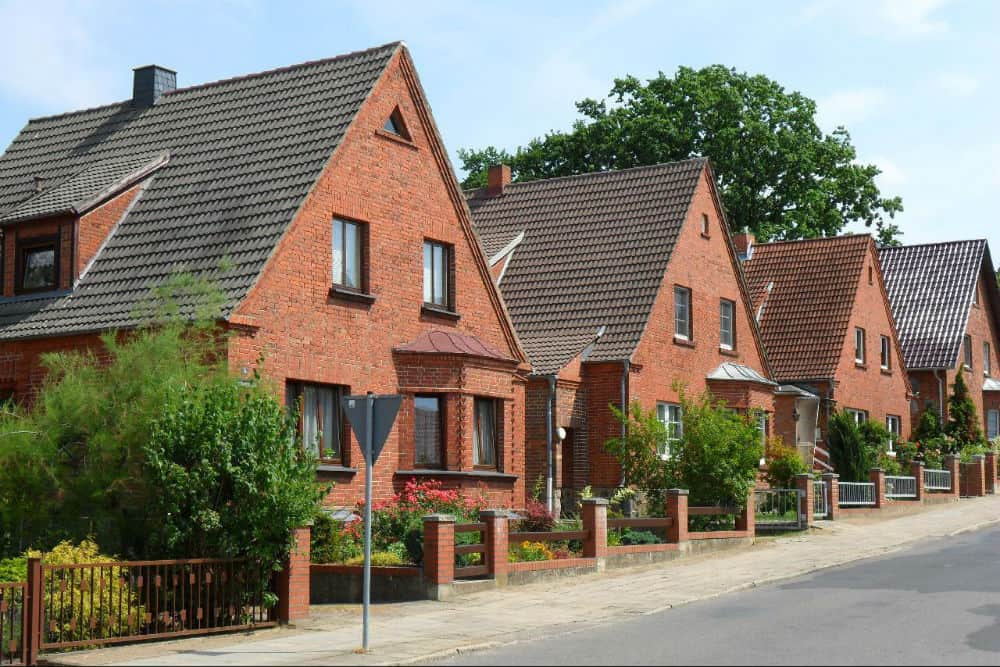
A gable roof remains one of the most common and popular kinds of roof you can find on the market. Their triangular shape is known by everyone, and most of us will have lived under one. It has two sections that cross each other.
Pros
They are very simple and common, meaning that all roofing companies know how to install them. They are also very cheap to put in place. And any water and snow can easily slide off the roof.
Cons
Gable roofs are among the most susceptible to the dangers of high winds. When there is a gap at the bottom, the wind can even lift the roof off. So, for people who live in places that have high winds, they are not the best option.
Dutch Gable
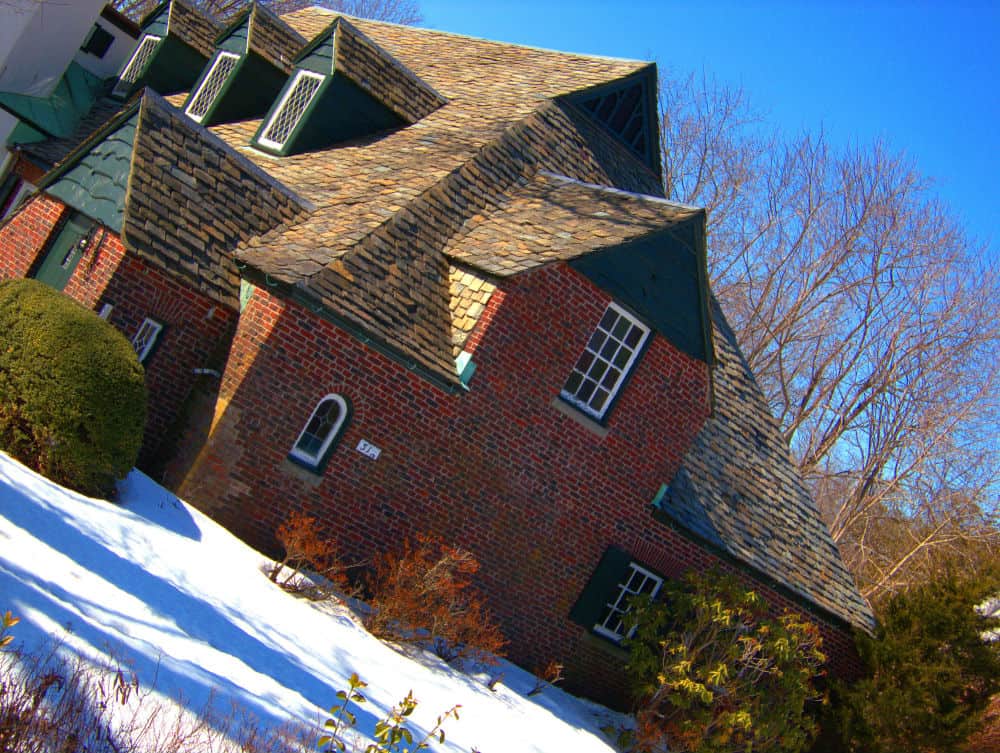
A Dutch gable is what we call a hybrid between a hip roof and a gable roof. It has a small gable at the top (or multiple small gables), but the rest looks like a hip roof.
Pros
What makes the Dutch gable roof appealing to people is the fact that it allows you to get the best of both worlds. The slope allows the water to run off easily, and it creates a very unique design because you don’t see them too often.
Cons
This kind of roof is not perfect for dealing with winds. It can also be easy for the structure to falter if the design is not precise. The gable has to be supported correctly by the hip design that surrounds it.
Pyramid
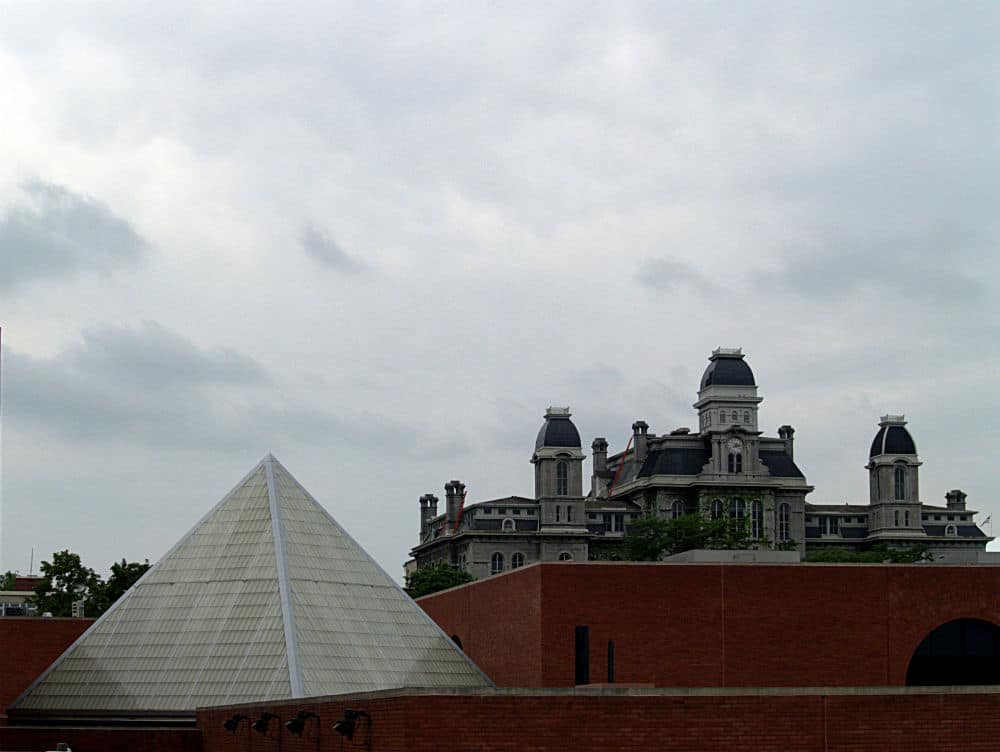
A pyramid roof looks exactly how you’d imagine it would. It has four equal sides that join together at the top. This is what causes the pyramid shape that it’s named after.
Pros
The best thing about this roof is that it is very durable and can easily deal with high winds.
Cons
Getting the designs right is important when you install a pyramid roof. If you want it to be as durable as it can be, each side needs to be exactly the same size. And because they need to meet in the middle, accuracy is vital.
Saltbox
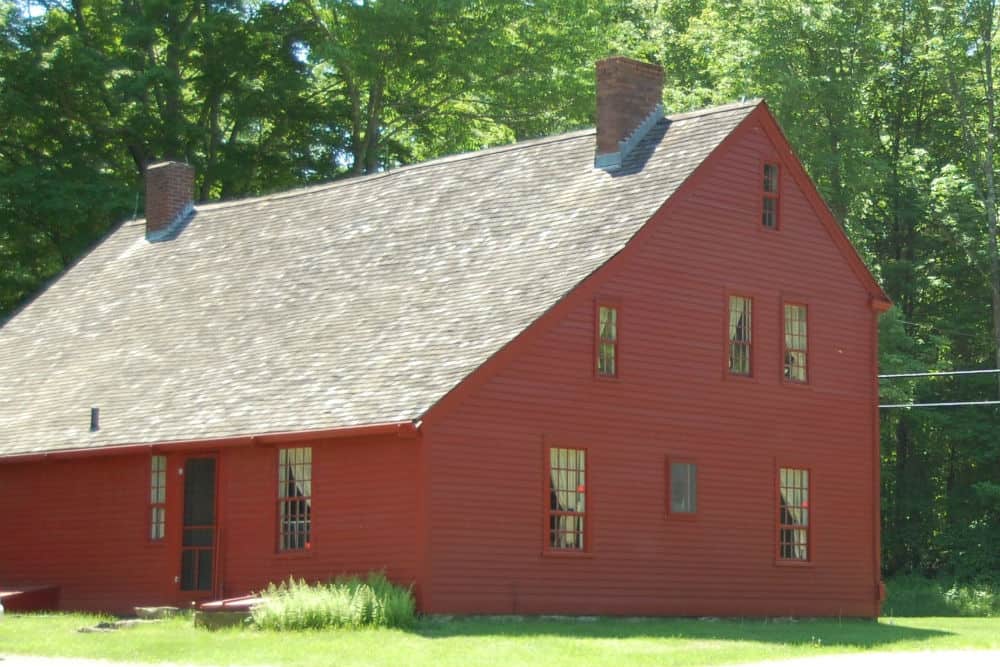
A saltbox roof is a roof that has two slopes that meet in the middle. But it’s not like any of the other roofs mentioned in this list. That’s because it has an asymmetrical design. That means that one side of the slope is shorter than the other.
Pros
The good thing about this design is that it creates a bit of extra space in the roof. It almost adds an extra half story to the home because one side is larger than the other. And there is no chance of the roof being damaged by water or even strong winds.
Cons
So, what are the bad things about it? The actual design of this kind of roof can be pretty tricky. And that can make the design and implementation of it a little more time-consuming and expensive. Also, the design means that rooms on the top floor will have slanted walls and ceilings.
Skillion
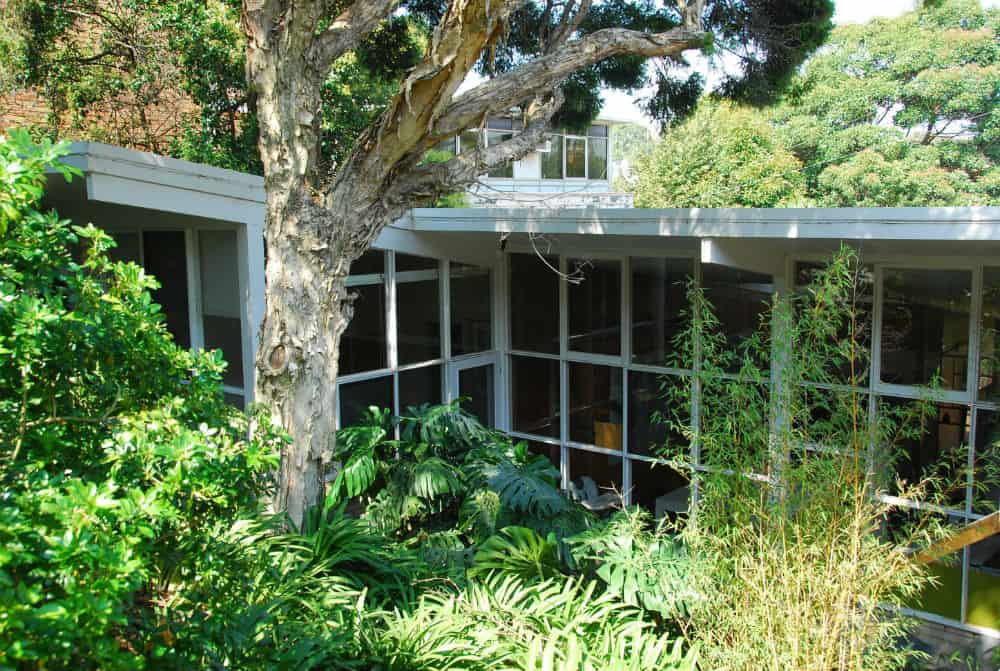
A skillion roof only has one surface. This surface is flat, but it doesn’t lie flat across the top of the building. Instead, it slopes to one side but is not supported on either side by anything else. This type of roof is very commonly used on modern homes.
Pros
Because of the roof being one single, flat piece of material, they’re easy to put in place. The slope means that things slide off easily, and they look great too. This aesthetic appeal is the most important thing for these kinds of roofs.
Cons
Some skillion roofs can have problems with high winds as well. This is something to be aware of before you choose to install one. If the slope is high, it can act as a barrier that the wind hits against in a heavy storm.
Green Roof
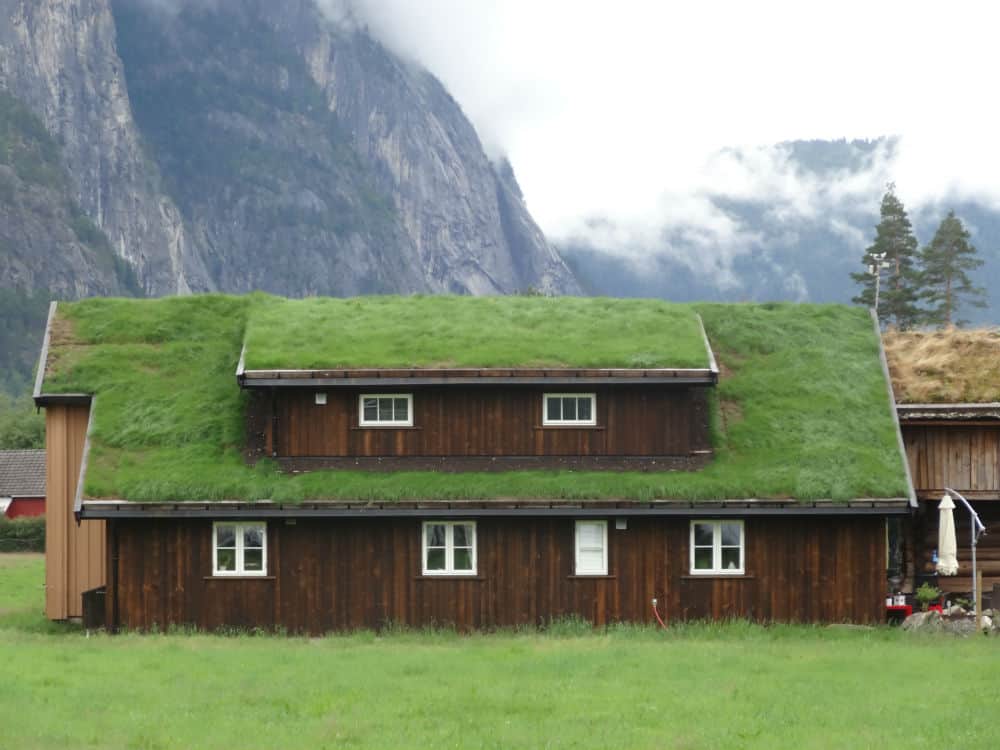
Green roofs are not just popular with people who care about the environment. They are becoming mainstream. They are like ordinary roofs, except they allow you to grow plants and flowers on them.
Pros
As well as being very environmentally friendly,they are rain resistant. The plants on the roof soak up the rain and that helps them grow. The plants also help insulate the roof by soaking in the sun’s energy.
Cons
The main thing that stops more people using these types of roof is that they’re very unusual. There is only a small number of people who want to do the work and maintenance required to make a success of it.
Dormer
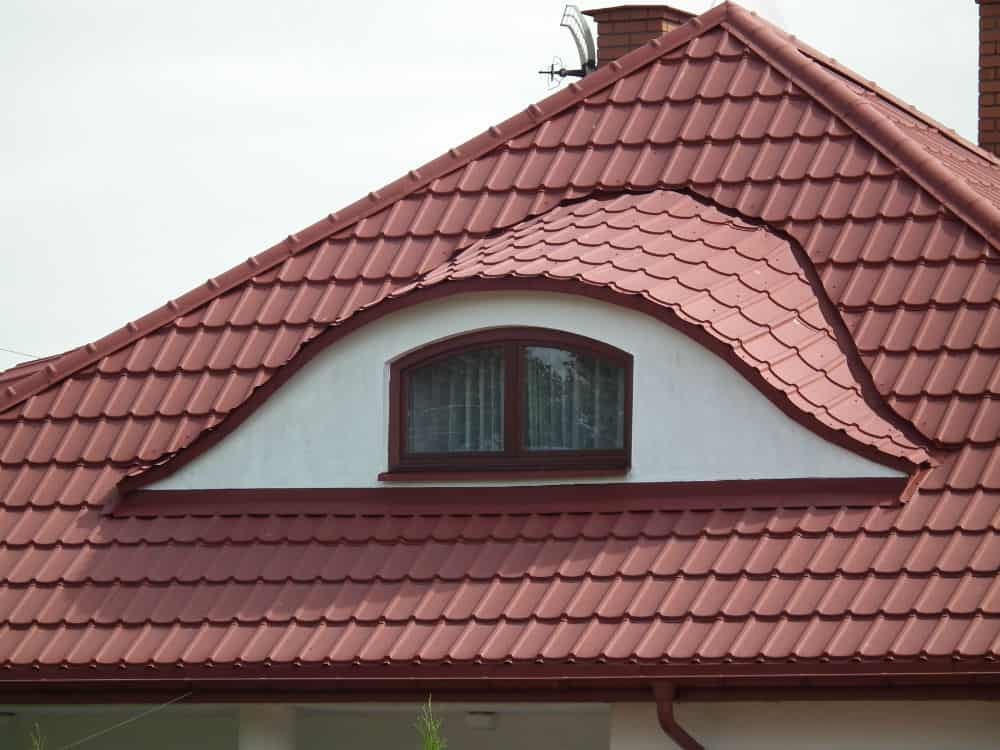
Dormer roofs incorporate design elements from other types of roof. But the thing that makes them different is that they have a small structure with a window that protrudes out. This is normally where a bedroom is located.
Pros
Homes with dormer roofs have a bedroom high up in the roof space, meaning that they make use of the space. That’s not something that you can say about all homes out there.
Cons
These kinds of designs are now seen as being pretty old-fashioned and out of date. And that might be why you don’t see as much of them nowadays. And rain and snow can mount up on the protruding structure.
Lean-To
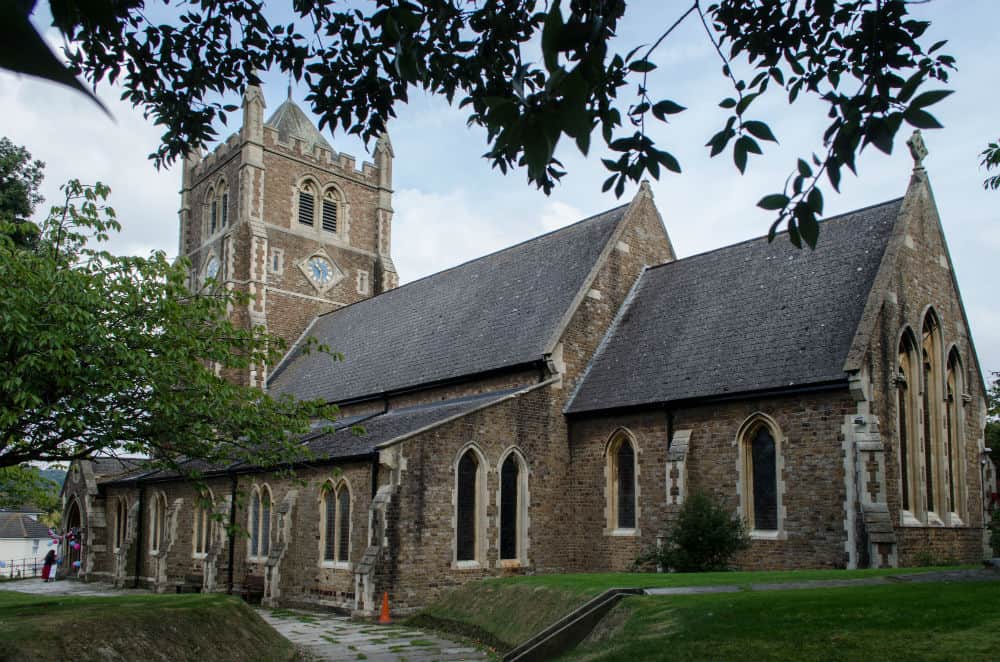
Lean-to roofs are only possible for homes that are built next to another taller building or wall. The roof leans against the wall and slopes down. That means that the roof simply slopes from one side to the other with no peaks. It’s a rare type or roof, but it can be good in some circumstances.
Pros
The good thing about this kind of roof is that there is no way for rain or snow to build up on the roof. Anything that lands on the roof will simply slide off to the side. They are also very simple designs, meaning that they are easy and cheap to put in place.
Cons
The main downside is that this kind of roof is not possible for most people. It is a pretty niche type of roof. It’s also important to get the angle of the roof right. If the angle is wrong, it can have an impact on how you use your home.
M-Shaped
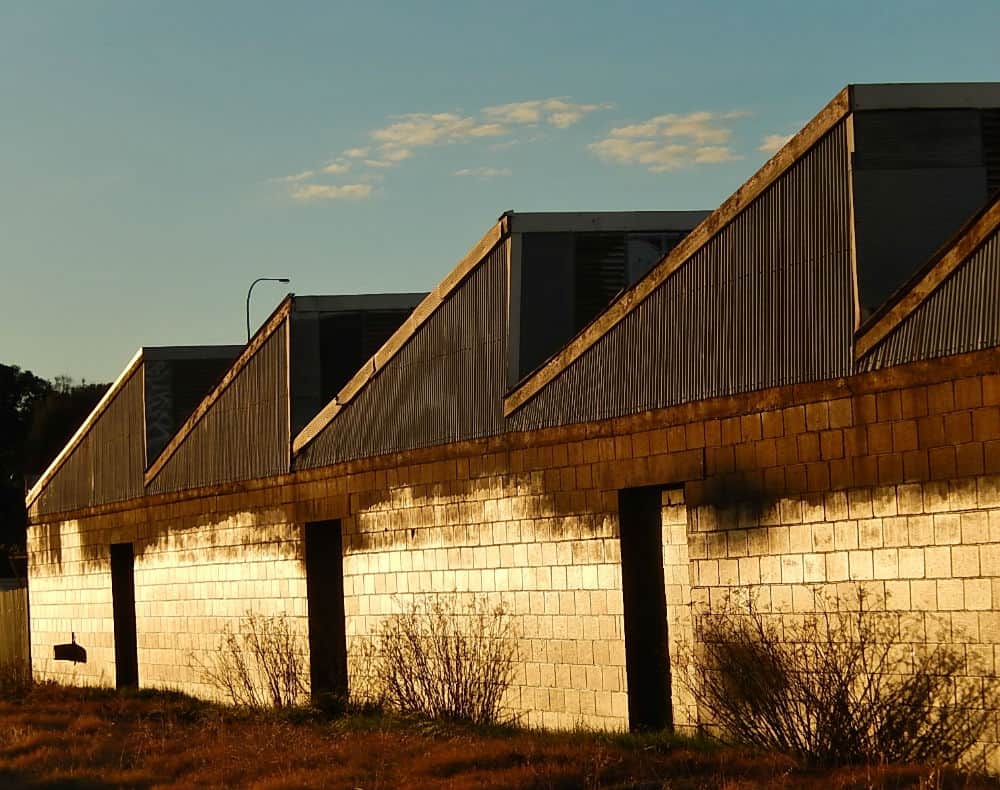
M-shaped roofs, also known as sawtooth roofs, or alternate pitches roofs. This makes the roof look like it has numerous peaks, like the edge of a saw with numerous teeth. They used to be used for factory buildings, but some modern homes use them now.
Pros
The good thing about M-shaped roofs is that They are good for letting natural light through the roof if windows are installed in them. They can also create numerous extra living or storage spaces where the peaks form in the building.
Cons
On the downside, they are a complicated form of design. And that makes them more expensive to install. Heavy snowfall can also present problems because the snow simply builds up in the valleys in between the peaks. If that happens, the snow has to be removed.
There are so many different and unique roof styles out there, but no matter what kind of roof you have it is important to keep it maintained. Mr. Roof can help with that. We go beyond protecting your home or business. We protect your investment, your lifestyle, and your peace of mind. We will let you know if you need any repairs or replacements, so call us for a free estimate. We also offer a lifetime warranty for our products and services. Get it done right the first time by calling Mr. Roof.
